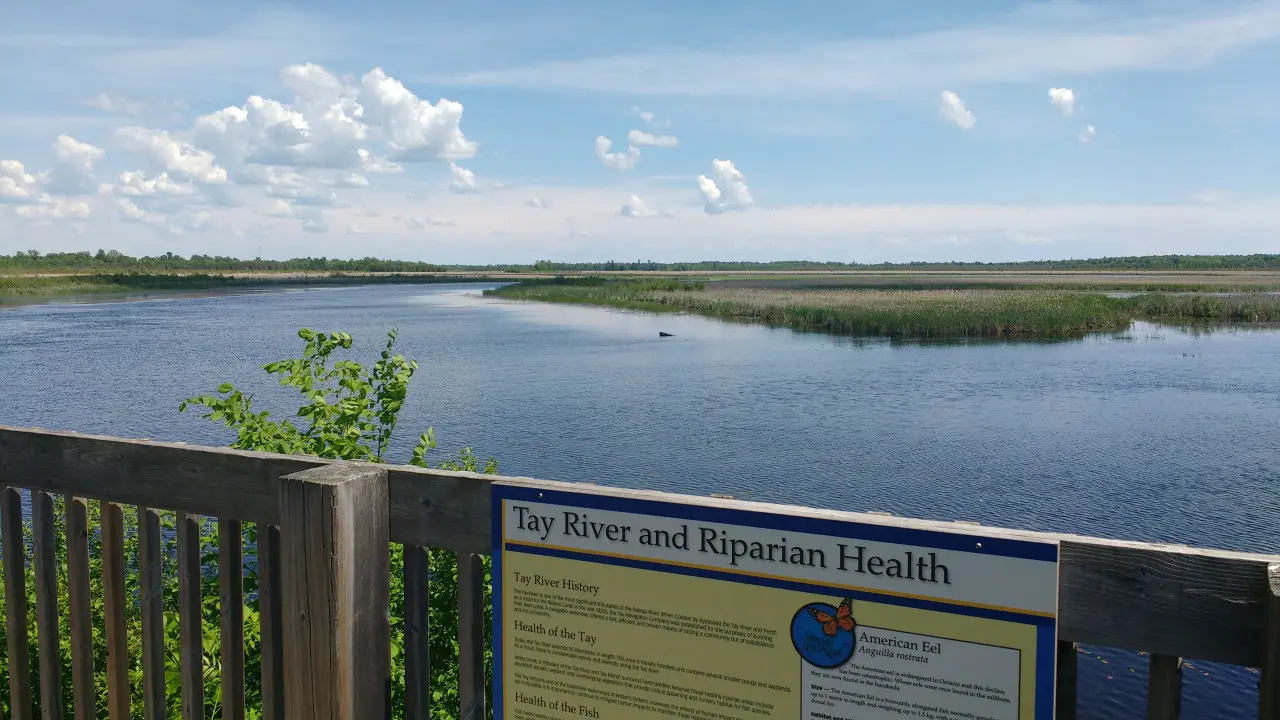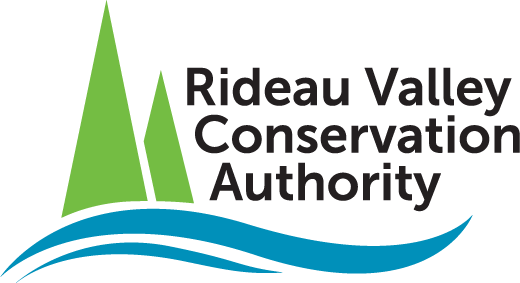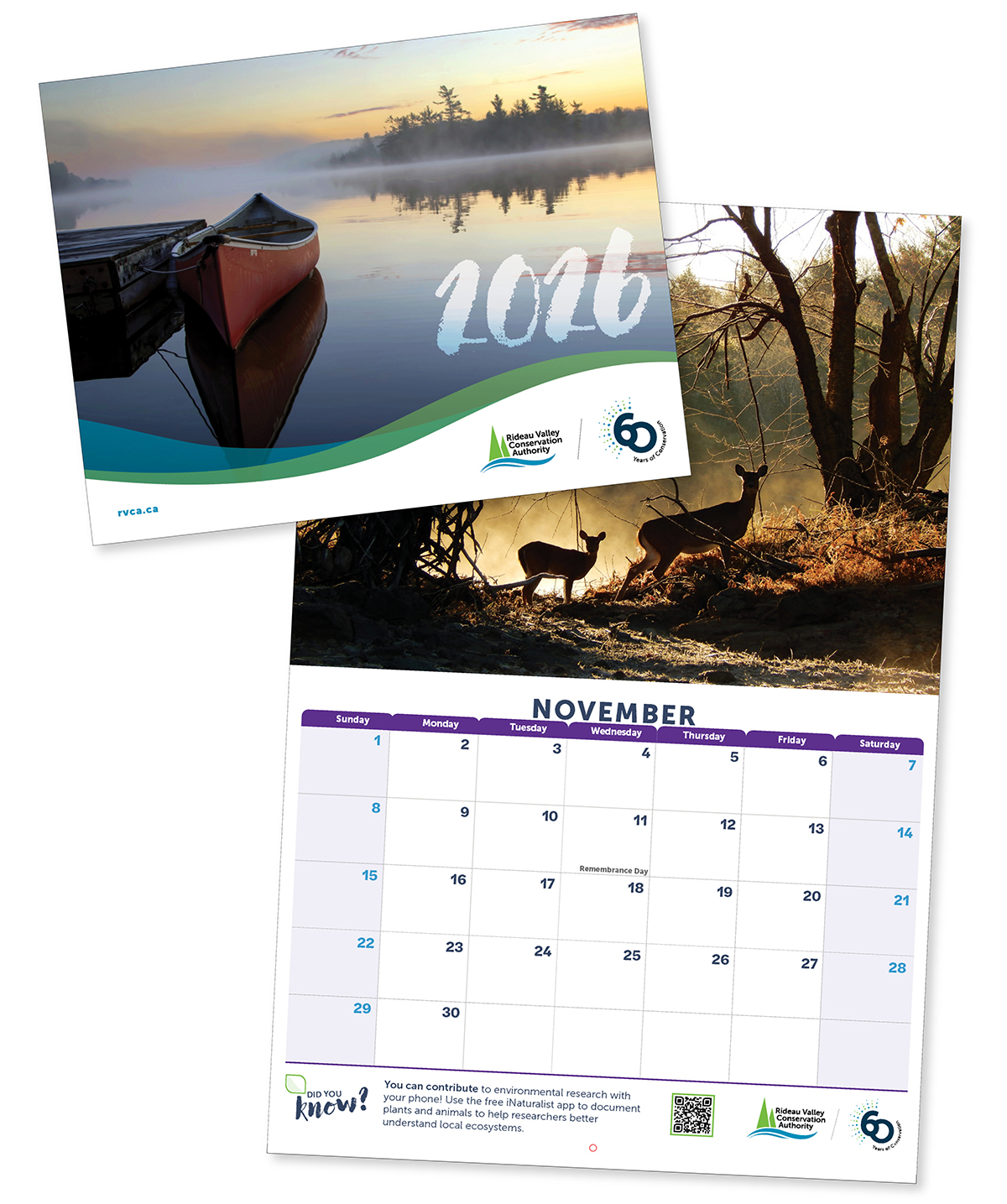It's been 50 years since the Perth Wildlife Reserve officially opened to the public – and while much has changed in and around the conservation area, one thing has remained the same: its commitment to wildlife preservation.
The 583-acre reserve was originally established in 1968 through a lease agreement with the Town of Perth, but the Rideau Valley Conservation Authority (RVCA) began slowly purchasing parcels in and around the reserve beginning in 1971. The conservation area officially opened as a recreation destination on Oct. 19, 1974.
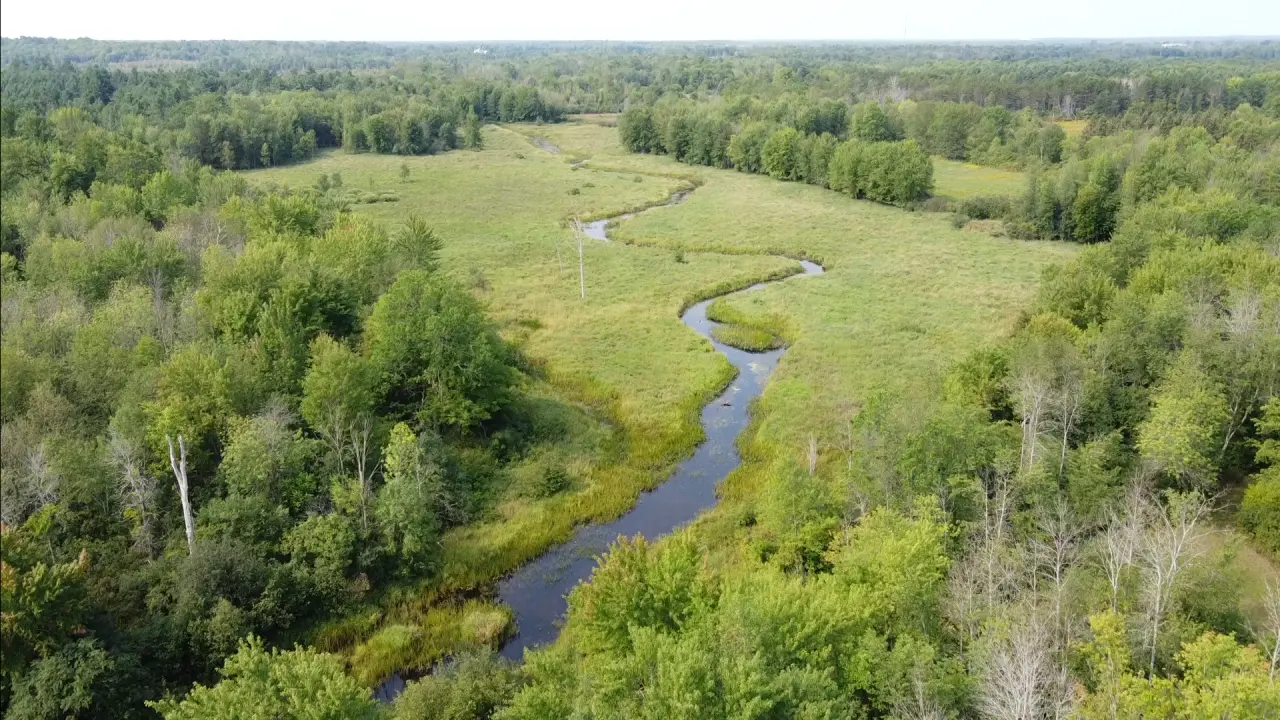
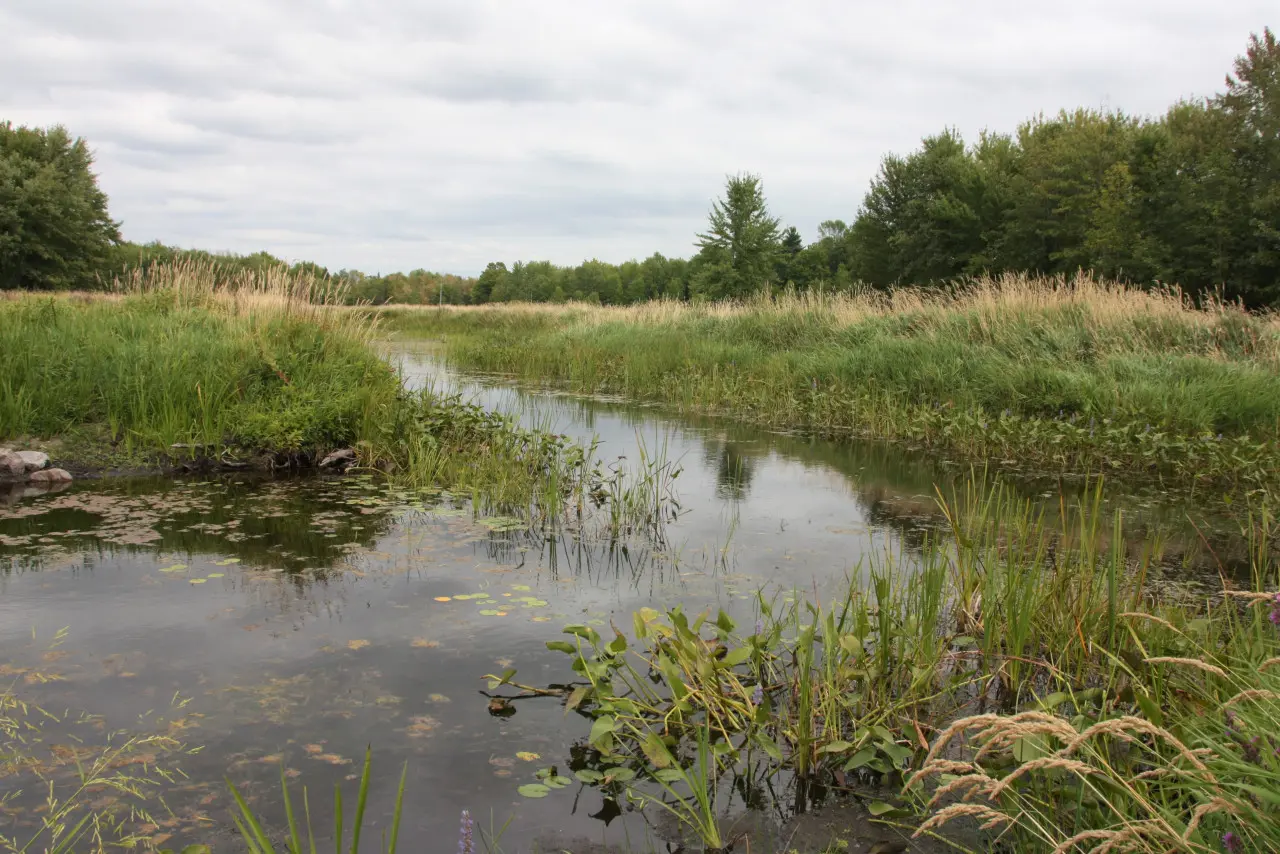
It is unique among the RVCA's 11 recreation properties as the only one dedicated specifically to protecting wildlife. On top of the RVCA's reforestation and wetland restoration efforts on the property, the reserve has been home to several active wildlife conservation programs over the years. The Ruffed Grouse Society partnered with the RVCA to develop a ruffed grouse habitat project on site, and wood duck nesting boxes have been installed and maintained throughout the property. In the 1990s, site supervisor Carson Thompson assisted in setting up a bluebird trail from Perth to Westport, including several bluebird boxes at the reserve.
The property is 60 per cent wetland – including the entirety of the Tay Marsh – and home to a number of species at risk that thrive in wetland habitats: stinkpot and Blanding's turtles, Least Bittern, Black Tern and the River Redhorse fish, to name a few. Other species at risk spotted on the property include the Monarch Butterfly, Black Rat Snake, and the Butternut tree.
But perhaps the most famous – or infamous – wildlife conservation effort at Perth Wildlife Reserve is the Canada Goose breeding program that began in the 1970s to help bring the Canada Goose population back from the brink. Before the 1960s, over-hunting and the destruction of wetlands had contributed to their decline across North America. Of course, we know how successful that conservation program was – so successful, our conservation lands staff now spend a lot of effort discouraging the watershed's abundant geese populations from hanging out on our public beaches and picnic areas!
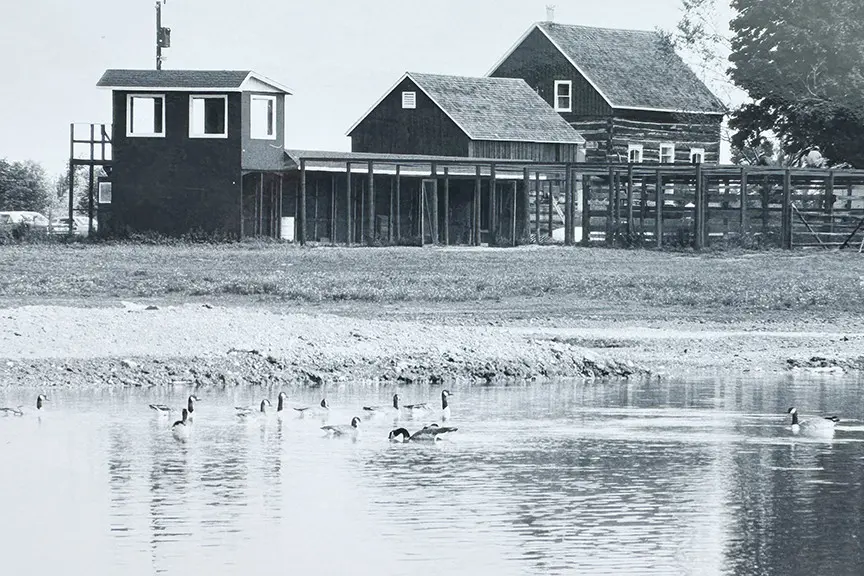
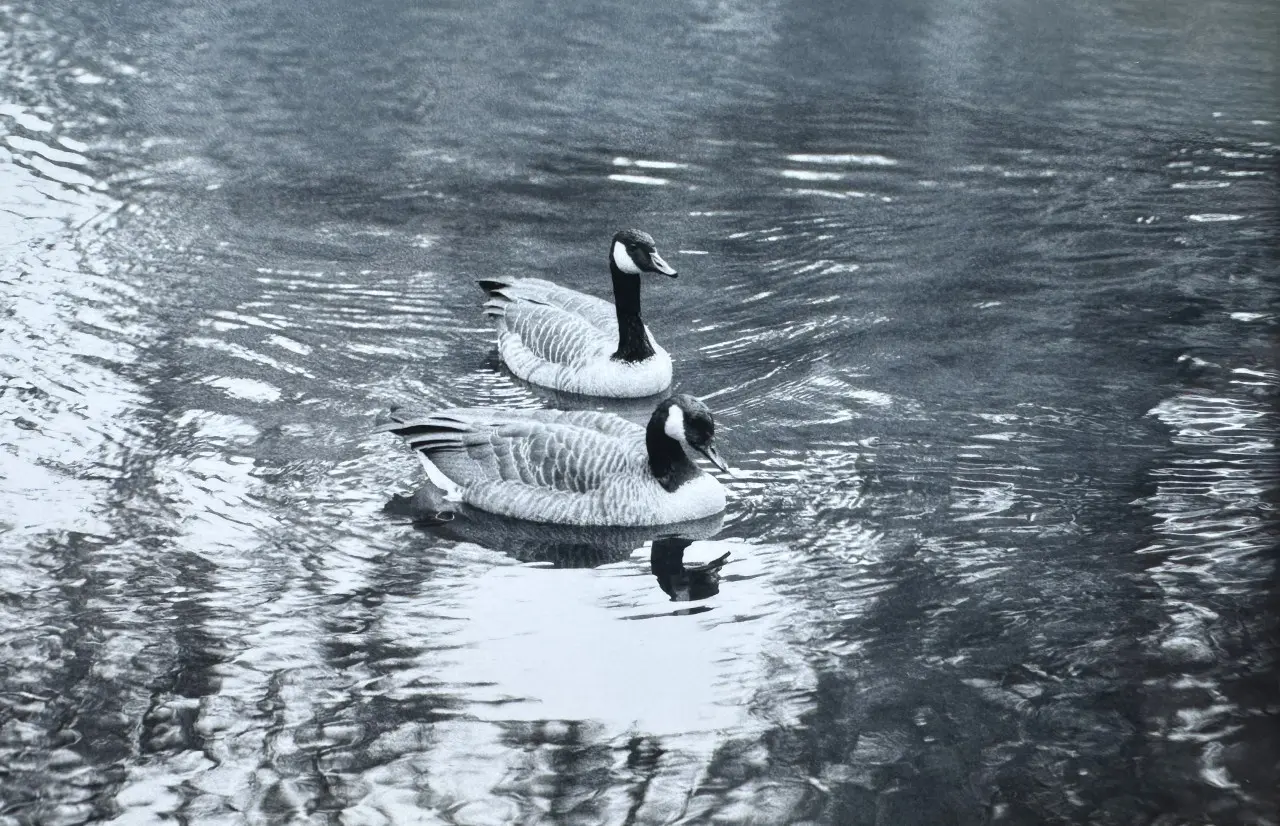
The Canada Goose program was a trailblazing conservation project, and locals would flock to the site on weekends to see the group of about 25 waterfowl in action.
At first, the geese were not allowed to migrate, for fear they wouldn't return. But breeding success was so low, and fights between geese in the pen were so high, that in 1974 the new site supervisor decided to let the geese follow their natural instincts.
"The first year I was there I let them all migrate," said Carson Thompson, who was the wildlife reserve's site supervisor and outdoor educator for 25 years. He joked that his job was on the line, but he knew if the territorial geese remained cooped up the program would fail. Thankfully, his plan worked. "The year after I let them migrate, we had goslings coming out our ears."
The program continued until 2001, after hundreds of geese had been successfully raised and released into the wild.
Thompson was also in charge of welcoming the many school groups who visited Perth Wildlife Reserve on field trips, similar to the programs that still run at Baxter and Foley Mountain conservation areas. Outdoor education programming ended at the wildlife reserve once Thompson retired in 2000, as resources were redirected to ice storm clean-up and other efforts.
Today the year-round property welcomes more passive uses such as hiking, snowshoeing and cross-country skiing on its 3.5 kilometres of trails. Two lookouts allow visitors to get a high-ground look over the Tay Marsh and the site's fields and forests. Dogs are not allowed on the property in an effort to protect local wildlife populations. Parking is $8 per vehicle for a day pass, or $55 for an annual pass.
